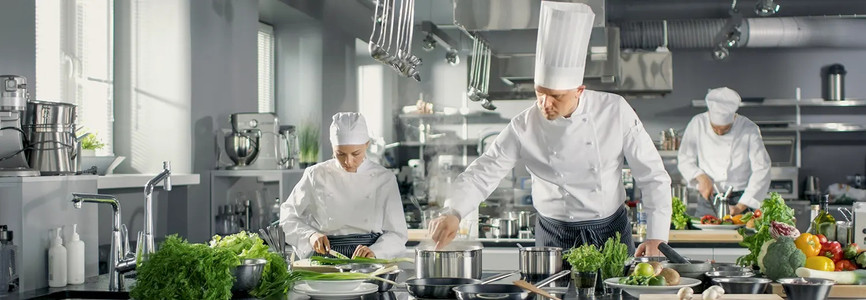Enhancing Retail Reinvention: Using IIoT Cold Chain for Grocerant Experiences

The grocerant has become a staple of retail reinvention for grocery stores. The trend of in-store dining experiences, made popular by Whole Foods, has spread across the globe. Their targeted demographic demands that these concept restaurants must be experience-driven, but also accessible, quick, delicious and locally sourced with a transparent supply chain. The grocerant is putting pressure on the already tight food supply chain, especially for independent establishments and regional chains. Where they stand to make a difference is using IIoT cold-chain technology and cloud computing.
Retail Reinvention: A Case Study
In South Carolina, the “homegrown” regional grocery chain Lowes Foods has taken the state’s developing metropolitan areas by storm with their grocerant-esque additions. Founded 65 years ago in Winston-Salem, North Carolina, the flagship store served mountain populations and rural areas by selling locally produced goods. At one point, they were fading as a brand and struggling to connect a changing demographic with their rustic, local atmosphere. Enter their retail reinvention: foodie experiences merged with grocery shopping, tailored to the disruptive Millenial and Gen-Z markets.
It set this 100-store strong supermarket brand apart from competitors Lidl and Publix with new “experiential” shopping. Although they do not have an official restaurant inside, they have transformed traditional shopping staples into branded Things To Do. The Community Table section features cooking lessons with local chefs, tastings and samplings from nearby vendors and other food-related events. Their game-changing Chicken Kitchen has a Lowes Food chicken dance, lead by an animatronic chicken, that customers and employees alike participate in. Local news outlets even advertise upcoming in-store activities due to their popularity. It’s not just grocery shopping anymore: it’s having fun, eating yummy local food and treating yourself to convenient freshness.
Grocerant Food Logistics
A grocerant, at its core, is a grocery store, but its restaurant aspect tacks on new demands to a supply chain fraught with compliance rules and standards. Primarily, the concern is perishable food, increased by fresh meals, and the inability to “set it and forget it,” due to variability. In store, there are further complications with food storage and food safety monitoring.
The complications grow when grocerants serve gourmet or atypical fare, such as traditional sushi, or try to follow a true farm-to-table model, instead of the more common distribution model. For example, South Carolina grocerant favorite, the Swamp Rabbit Cafe, makes baked goods and sandwiches, among other food items, completely using local ingredients (often those featured in their store). If it’s not within their radius of supply, it’s not on the menu.
This variability and unusual supply volume requires fast-paced supply chain monitoring and constant oversight, especially when using fresh ingredients. There must also be a common operating process where both farmers and consumers have access to the supply chain. Whereas a traditional grocery store chain might contract a 3PL distributor with a private labeled data collection program and standards for achieving both FSMA compliance and GS1 NDQP, a grocerant may have to handle more of the data management and compliance. This puts greater risk on the grocerant and more strain on their supply chain.
Cold Chain Solutions and Grocerant Technology
The key to handling this volume and variability is technology. Two cost-efficient technology tools are IIoT and cloud computing. With that mid-sized fresh food load, the grocerant stands to risk the most with food spoilage and waste. IIoT systems can optimize supply and storage. Given the frequent variability due to a changing menu or the seasonal nature of “farm, fresh, fast,” IIoT monitoring devices can be customized easily using apps and online gateways. Temperature limits for one load can be instantly set and then easily changed for the next load. They can monitor data throughout the cold chain process, from reefer trucks to grocerant refrigerators.
Integrating an IIoT device with a cloud software service extends more control to the grocerant, suppliers and customers. As mentioned previously, the grocerant demographic often cares about the transparency of their supply chain. If hyper local vendors have access, they can publish information about their produce and the grocer can publish facts about their food supply chain, possibly even updated in real time. IIoT devices also help with verification due to their push notification options. IIoT is an easy way to ensure that a grocerant experience is also FSMA compliant.
Of course, these solutions primarily refer to temperature monitoring and food safety compliance. These systems can be used for other benefits as well, such as detection of bacteria, process automation in kitchens, and data analytics to optimize purchasing. It may seem like a grocerant is a return to “simpler times,” but it signals the ever increasing need for technology in food logistics.
If you would like to enhance your food supply chain or bring more control to your food service management, please contact Sealevel. We would love to design a solution for your unique IIoT needs.
Categories:
